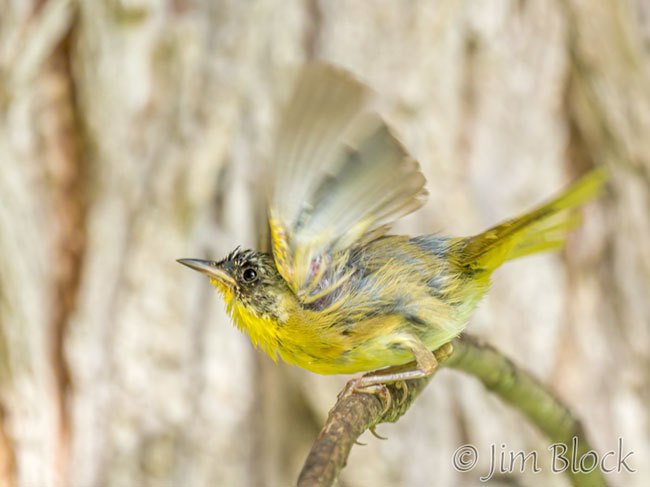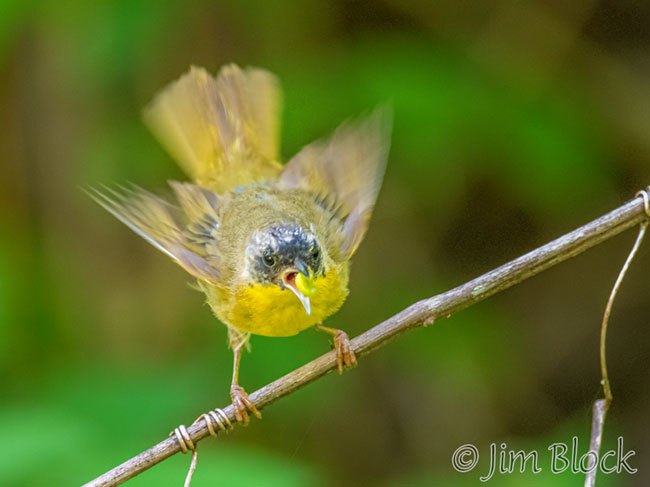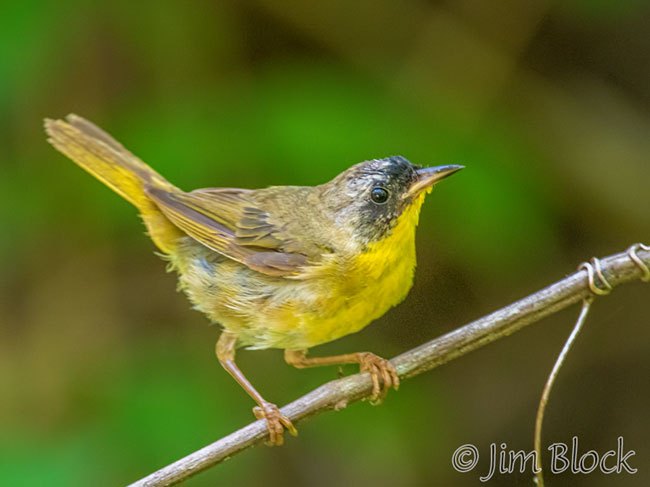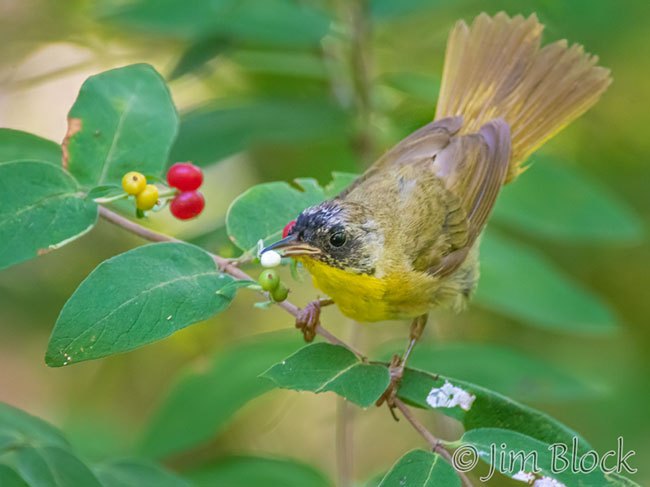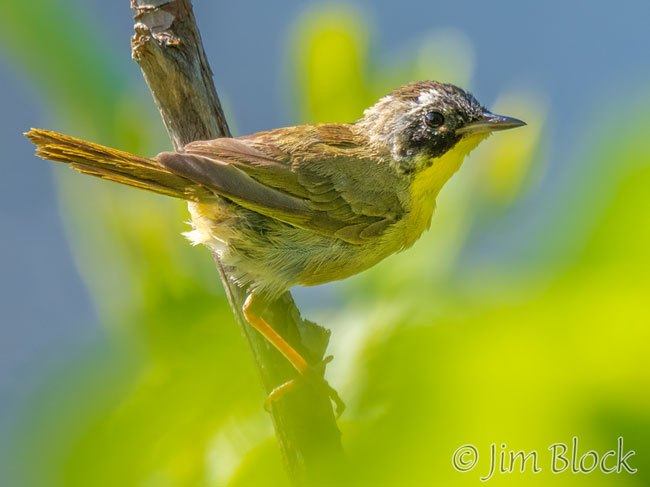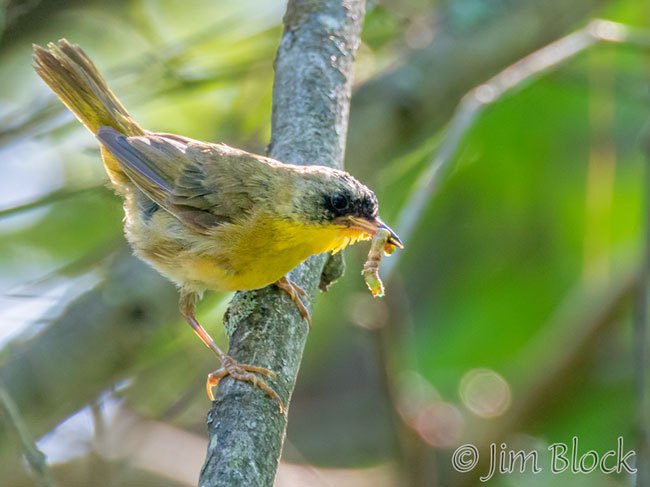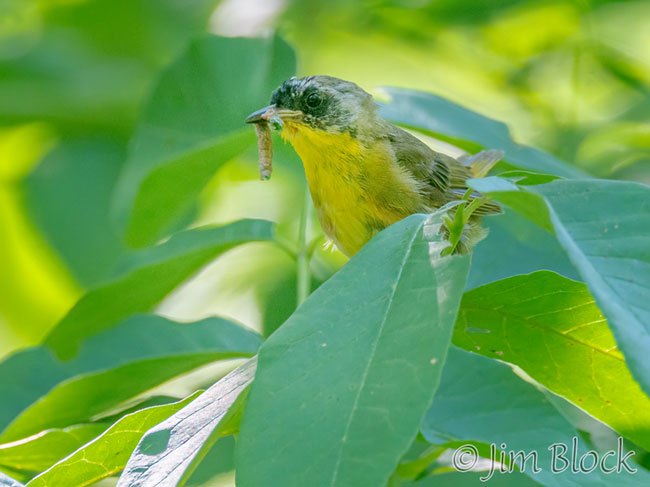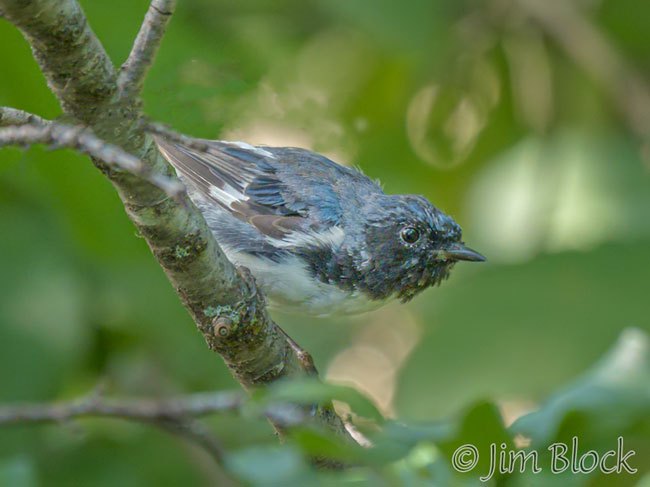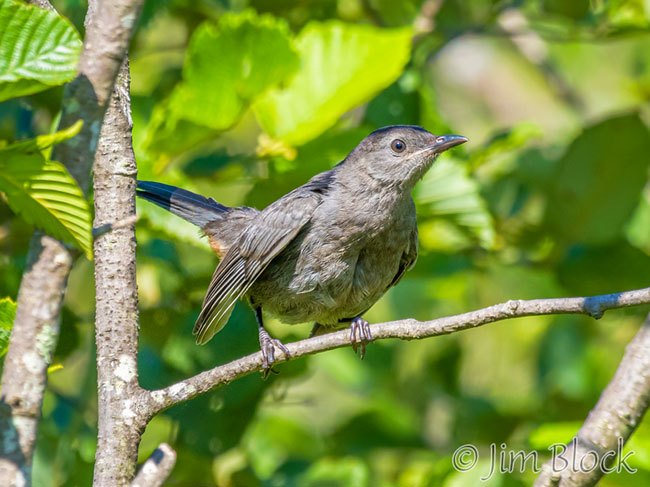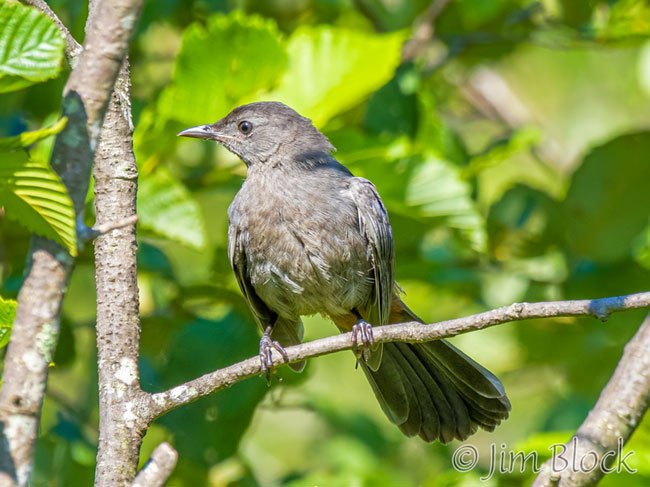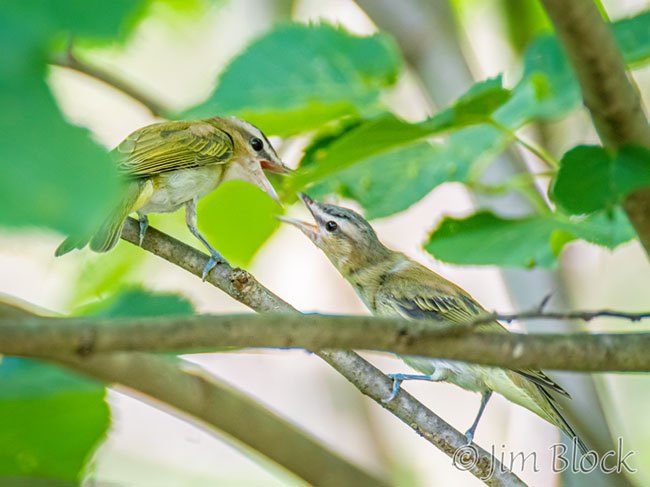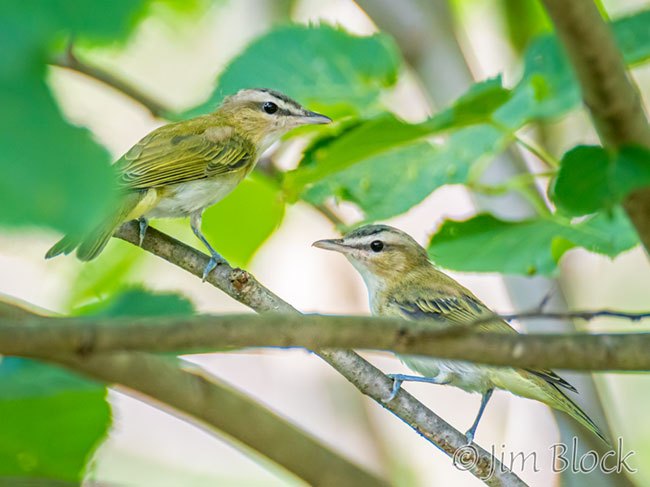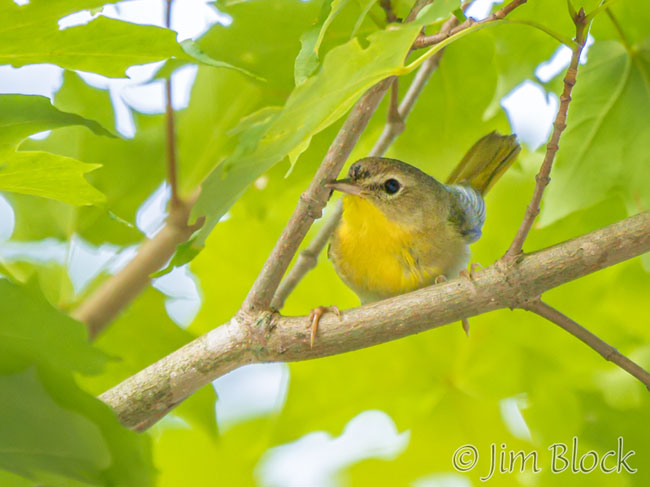
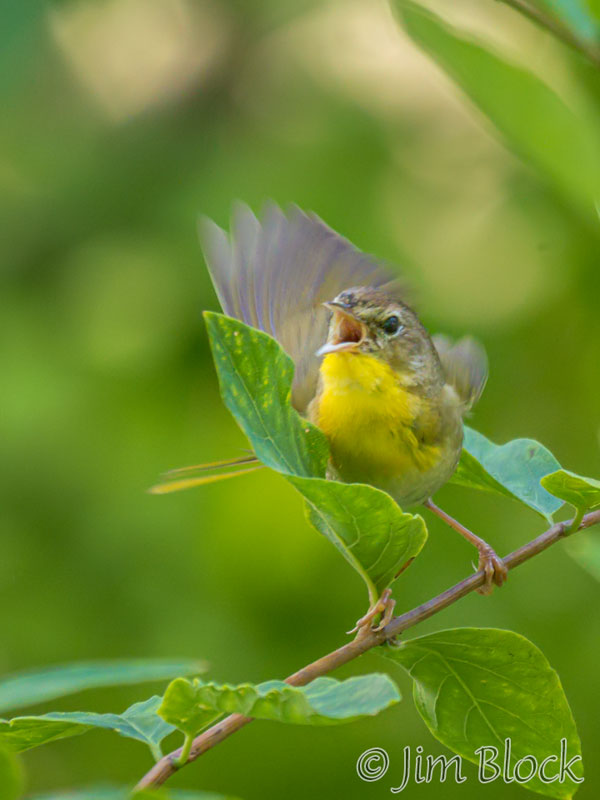
This blog was originally conceived as a story about a warbler nursery. My wife and I hiked in Newport, NH recently and found many warblers that appeared to be females or molting males. Most were Common Yellowthroats, but we also saw an American Redstart and several Black-throated Blue Warblers.
I returned the next day hoping to see some more warbler action but was somewhat disappointed. The area that seemed full of Common Yellowthroats was almost devoid of them. But I did find some nice Catbirds, a Veery, a Cedar Waxwing nest, and a pair of Red-eyed Vireos. So the blog morphed into a bird, and not just warbler, nursery story.
The warbler show started as we concluded our hike and saw small birds scrambling along the ground into the brush. The small birds disappeared, but I found the beautiful female Common Yellowthroat seen at the top of this blog. A bit later there was one on the ground, apparently doing the broken-wing trick favored by Killdeer to lead predators away from their young. This might have been the same bird.
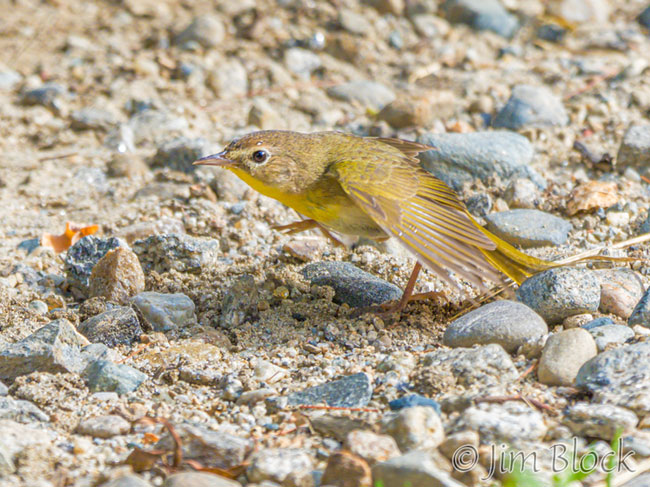
At no time did I see a normal-looking male. But there were molting adult males around. I thank Becky Suomala for pointing out that what I originally thought were immature males are actually molting adults.
Below is a comparison of an adult male (from another outing), a molting male, and a female Common Yellowthroat.
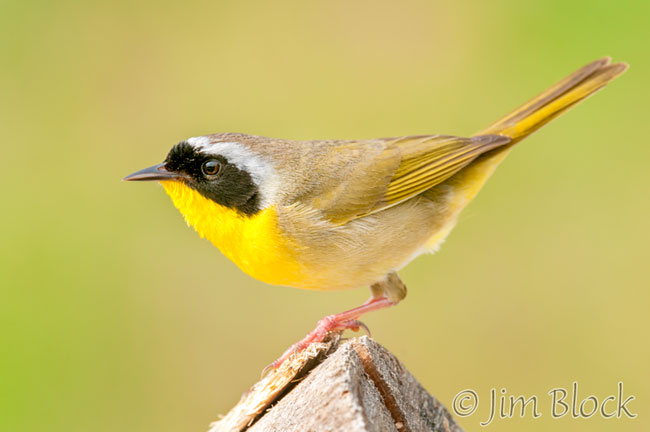
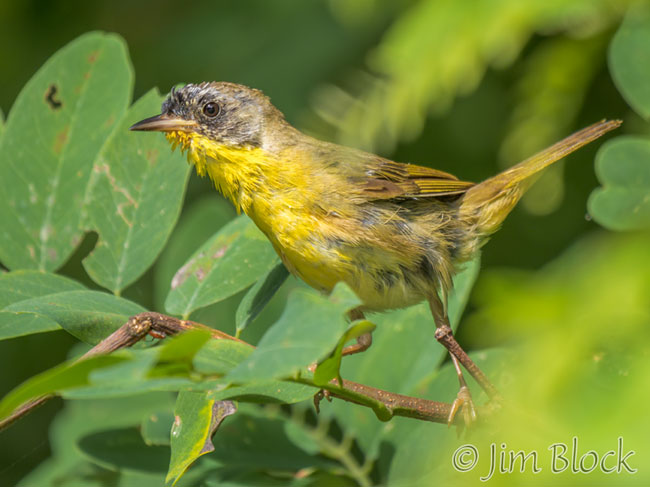
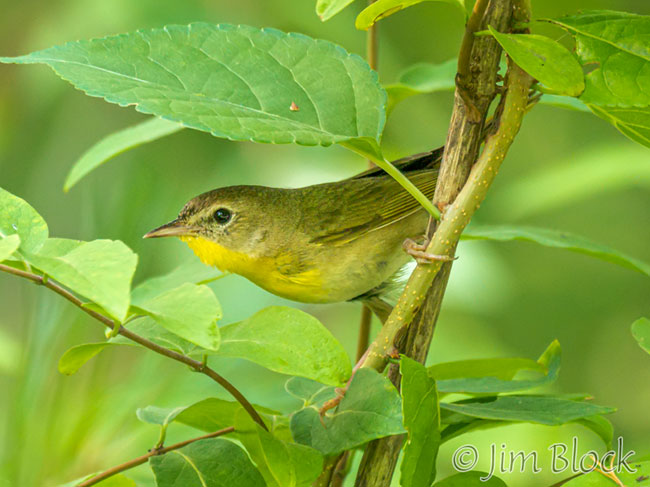
Below are molting adult male Common Yellowthroat photos from the end of our hike.
I photographed the same molting adult male Common Yellowthroat with a caterpillar for over six minutes. It appears he is still feeding young. I was using a long lens and not very close, but perhaps he did not want to reveal the location of the juveniles while I was watching.
A molting male Black-throated Blue Warbler appeared briefly.
An American Redstart also make a brief appearance. This is an immature bird, but I cannot tell if it is male or female.
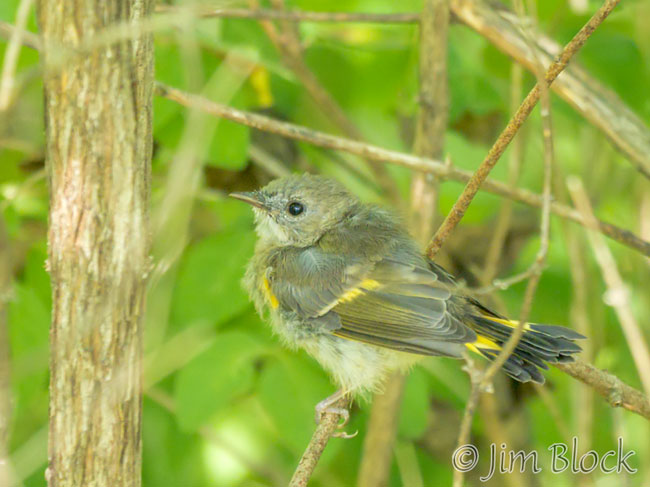
The second day, the Common Yellowthroats stayed well hidden, but I did find an immature female Black-and-White Warbler.
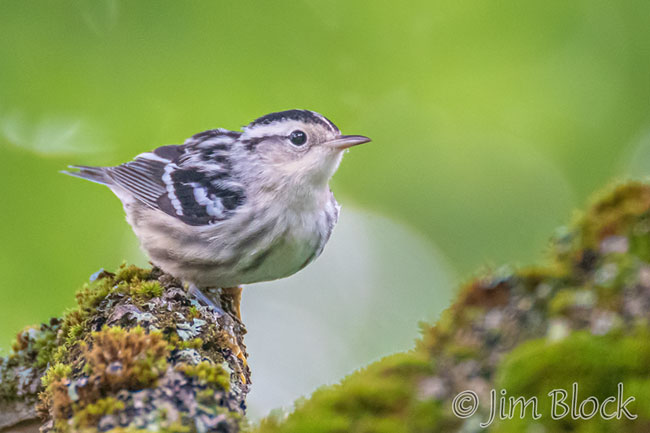
There was also a Veery present.
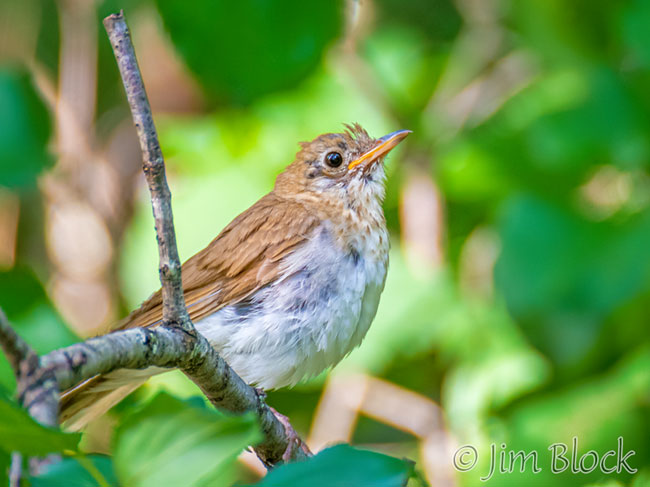
And I found a Gray Catbird. I believe this is an adult. For a mostly-gray bird, I find Catbirds very striking.
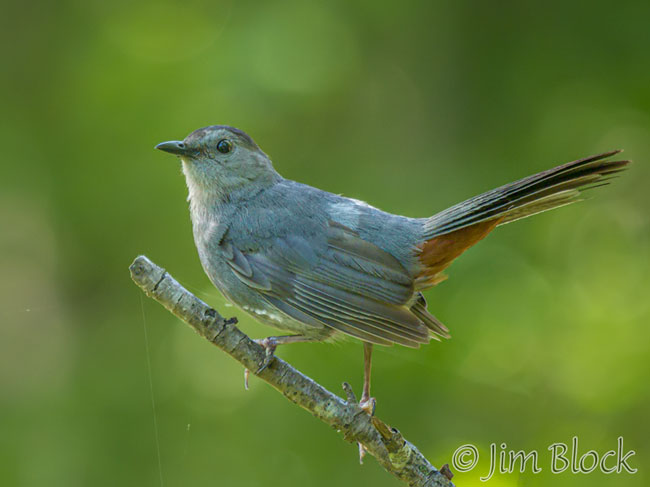
I also got a sequence of photos of a Gray Catbird that I believe is immature.
I noticed some Cedar Waxwings, but at no time did they perch in a good spot for photos. I saw one fly into a tangle of sticks and leaves that turned out to be a nest. Unfortunately, try as I might, I could not find a spot where I had a decent view of the nest. In any case, here it is.
While trying to photograph the Cedar Waxwing nest, movement caught my eye in a nearby tree. I swung my tripod-mounted camera around and shot a quick burst of a pair of Red-eyed Vireos.
Then I got a photo of a Red-eyed Vireo with what looks like a small caterpillar. Was there yet another nest in the nursery?

A variety of plumages. Makes late summer birding challenging but interesting.
If you missed the Least Bittern BIG DAY Blog, you might want to check it out. It was an action-packed 20 minutes: Three heron species were present when I arrived, and I watched a Least Bittern tail wagging, catching two large fish, and feeding young.
You can receive an email whenever a new blog is posted by subscribing in the upper right corner.

